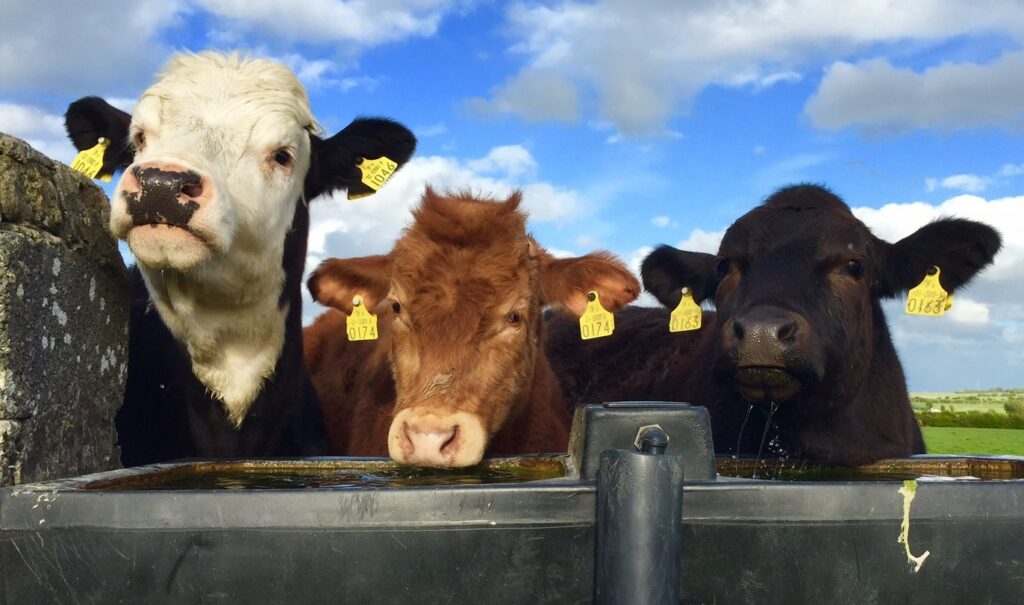Many beef and sheep farmers are coming under increased pressure from the hot weather; grass growth has remained extremely slow. On the back of this, Teagasc has put together a number of options that are available to drystock farmers.
Met Eireann has reissued two Status Yellow weather warnings for most of the country, as the current hot and dry weather looks set to continue this week.
With little or no rain forecast for most areas over the coming week, drought or near-drought conditions are expected to develop more widely across Ireland.
1. Meal supplementation
Feeding meal earlier to cattle that will be slaughtered later this year is an option for beef finishers. According to Teagasc, meal supplementation should be the first choice when it comes to replacing the grass deficit.
- Cattle with the potential to finish in four-to-eight weeks – feed 5kg or more;
- Store cattle – feed 2-3kg with silage on grass;
- Weanlings/yearlings – feed 2kg with silage on grass.
2. Water supply
Farmers that have began feeding meal must ensure that there is an adequate supply of water; troughs should be checked regularly to ensure they are working correctly.
3. Weaning stock
Farmers can also wean younger animals. Calves weighing >300kg, Teagasc says, can be targeted; lambs aged 100 days can also be weaned.
With this, cows and ewes can be restricted on pastures. Moreover, where calves are too young to be weaned, creep feeding will ease some of the pressure on the cow in terms of milk production.
4. Fertiliser application
There is no point spreading fertiliser on the grazing platform. The fertiliser will only sit on top of the ground; spread nitrogen when rain is forecast.
5. Grazing second-cut silage
Grazing second-cut silage ground is an option; however, it won’t suit all farmers. Farmers can graze the area planned for a second cut, but this will leave stocks short for next winter and silage will have to be bought in.
6. Reduce demand for feed
Reducing numbers on the farm will reduce the demand for feed. Cattle close to finish can be targeted. Also, cows that have been earmarked for culling can be off-loaded.
7. Watch out for summer mastitis
The incidence of summer mastitis tends to vary from year-to-year; cows and springing heifers need to be protected. The dry, hot weather has led to an increased number of flies.
A number of pour-on products are available to control flies. These can be applied along the back of the animal. According to Teagasc, a number of these products will give cover for four weeks. However, in a year when the incidence of summer mastitis is high, it may be applied every two weeks.


